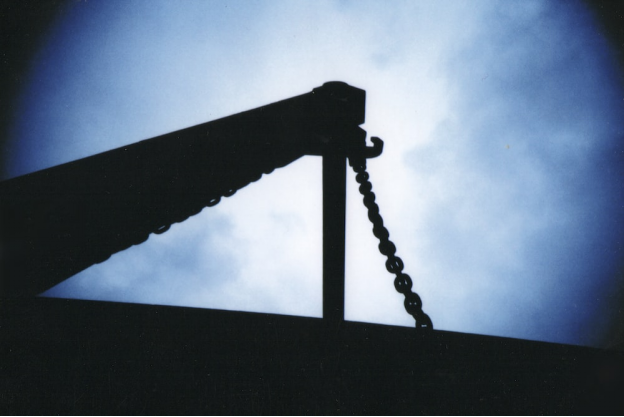Crane Load Suspension Best-Practices You Must Know
- Carmen Zajicek

- Jul 20, 2023
- 3 min read

When it comes to loading, moving, and unloading heavy objects, crane equipment plays a critical role in helping workers in various industries. From production and manufacturing to logistics and mining, cranes come in handy where human hands cannot bear the weight and pressure.
However, loading and moving objects using a crane also requires practice, skill, and training. A small mistake when suspending a load on a crane hook can lead to an injurious accident. So not only you must hire licensed crane operators and install quality crane indicators, but also implement the best crane load suspension techniques to minimize the risks.
Let’s delve deeper and learn about them in detail.
Assess Load Weight and Center of Gravity
Firstly, it’s important to determine the correct load weight and suspend it onto a crane hook while balancing the center of gravity. This helps you determine the right type of crane for the lift and mitigates the issues related to unbalanced crane load suspension.
Failure to understand these two critical factors can lead to potential load slipping or overloading accidents, putting your crew and valuable material at risk. The best way to accurately measure load weights before a lift is by using a load moment indicator. Check out the RaycoWylie i4500 RCI-LMI indicator here.
Maintain Load Control
Most overloading or crane load suspension accidents occur due to poor load control. Crane operators and riggers must fully assess the load they’re about to lift and deploy the right type of sling and hook for suspension. They must also be aware of load position and stability requirements throughout the lifting process.
We recommend crane users install a cutting-edge crane camera system such as the CCS2 or the CCS4 to ensure end-to-end surveillance during crane lifts.
Regular Inspection
Crane load suspension doesn’t only depend on the right hook, sling, and other crane parts. You must also implement regular crane repairs and inspections. Factors such as sling conditions, hook corrosion, jib and arm, and weight distribution can affect overall load control and stability.
For best results and maximum peace of mind, always hire a competent and licensed crane equipment inspector who can test its hardware and software components before and after each lift. Check out our product section to find high-quality crane warning devices. We also have advanced ATB devices that are excellent for reducing the risk of two-blocking accidents during crane lifts.
Choose the Right Slinging Technique
In addition to regular rigging equipment inspection, you must also use the right type of sling to maintain proper load stability and operator safety. You can choose between a single or double-part sling or opt for a more complex yet safer option like a choker or multipart sling.

We strongly urge crane operators and riggers to follow the manufacturer’s guidelines and industry safety practices to ensure load stability and prevent it from slipping or falling.
Why You Should Choose Crane Warning Systems Atlanta to Buy Original LMI and RCI Systems
Crane Warning Systems Atlanta is a leading crane safety devices distributor in the US. Our company is RaycoWylie’s authorized seller offering quality crane warning products like RaycoWylie ATB, LMI-RCI, and wireless wind speed indicators. We have worked with numerous crane operators and have helped them achieve higher crane safety standards.

If you’re in the US looking for brand-new, warranty-laced wireless crane anemometer, get in touch with Crane Warning Systems Atlanta right away. We also provide 24/7 technical and on-chat support to customers.
Head over to our website and browse through our free-to-access crane systems manuals now.



